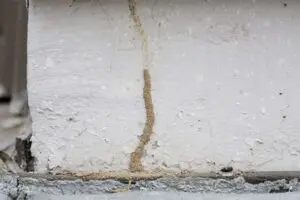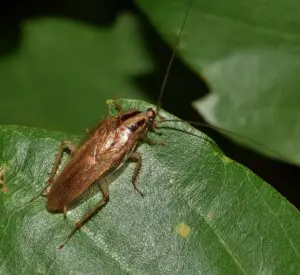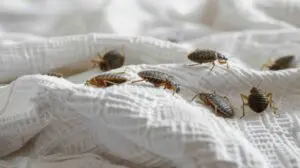
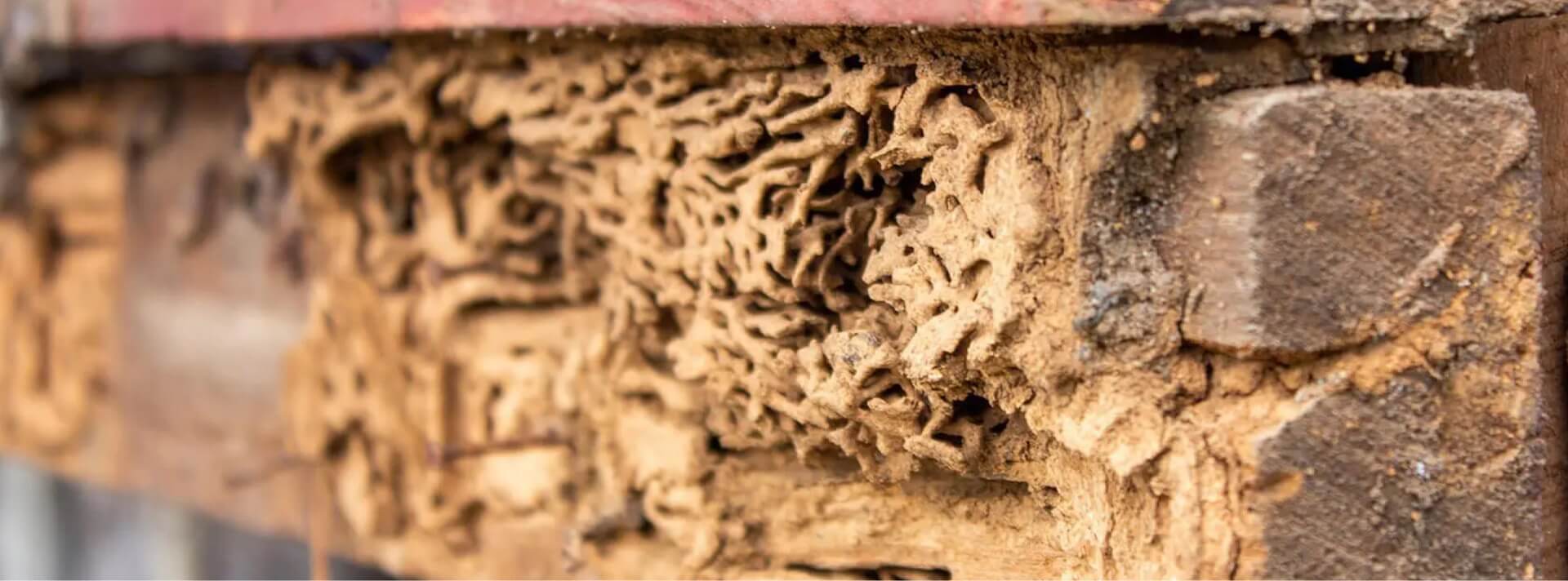
Termite with Wings: Identification, Risks, and Effective Solutions
Excel Pest Services has years of experience in protecting both residential and commercial properties from a wide variety of pests, including termites. One of the most concerning pests we deal with is the termite with wings, also known as a winged termite or flying termite.
These insects can wreak havoc on homes, compromising structural integrity and causing significant damage. This article aims to help you understand what winged termites are, how to identify them, and the best methods for prevention and eradication, especially for homeowners in Florida, where termites with wings are common.
What Are Winged Termites?
Winged termites, also known as swarmers, play a critical role in the termite life cycle. They are reproductive termites that emerge from their colonies to mate and start new colonies. Typically, winged termites are seen in large swarms, especially after rain or warm weather. Their primary purpose is to reproduce and expand their population, making them a clear sign that an active termite colony is nearby. Identifying these swarmers early can help prevent the formation of new termite colonies in your home.
What Do Termites with Wings Look Like?
Termites with wings are often mistaken for flying ants, but they have distinct characteristics that can help in proper identification. They are typically dark brown or black, with a pair of wings that are equal in length and translucent, sometimes having a smoky appearance. These termite wings are often longer than the termite's body, and they can shed easily once the termite finds a suitable nesting location. Their antennae are straight, unlike the bent antennae of ants, and their bodies are uniform, without the narrow "waist" seen in ants.
If you're trying to confirm a potential sighting, you can learn more about the Signs of Termites on our website, where you'll find additional details to help you accurately identify a termite with wings.
When Do Winged Termites Appear?
The appearance of winged termites is highly seasonal, with specific environmental conditions triggering their emergence. In Florida, winged termites tend to swarm during warm months, particularly in the spring and summer, when the temperature and humidity rise. Rainfall also plays a significant role in prompting these termites to take flight as they look for new areas to establish colonies.
However, winged termites can be seen throughout the year in some regions, given Florida's warm climate. This makes it essential for homeowners to remain vigilant and seek termite pest control services if they suspect any termite activity.
The Implications of Seeing Termites with Wings
Spotting winged termites in or around your property is a serious sign. It often indicates that a mature termite colony is nearby or, worse, already within your structure. When termites with wings are present, they are actively searching for new nesting areas to establish fresh colonies. This means that your home could be at risk of further damage if swift action isn't taken.
It's essential to know that a sighting of winged termites doesn’t necessarily mean your home is already infested, but it does suggest that an infestation is possible. Because termites are known for their destructive habits, ignoring the presence of flying termites could lead to structural damage that requires costly repairs. Termite inspection is crucial at this point to determine the extent of any potential threat.
Winged Termite Prevention Strategies
Preventing an infestation starts with understanding what attracts winged termites to your home. Here are some tips to protect your property against winged termites:
- Keep Wood Away from Foundations: Termites are attracted to wood, so make sure to store firewood, lumber, and other wooden materials away from your home’s foundation.
- Reduce Moisture: Termites thrive in moist conditions. Ensure proper drainage around your property, repair leaks, and maintain good ventilation in crawl spaces.
- Seal Cracks and Crevices: Seal any cracks in your foundation, walls, or roof to prevent termites from entering.
- Regular Inspections: Regular termite inspection by a professional is one of the best ways to detect an infestation early and prevent costly damage.
By taking these preventative steps, especially in Florida where flying termites are common, you can significantly reduce the risk of a termite infestation.
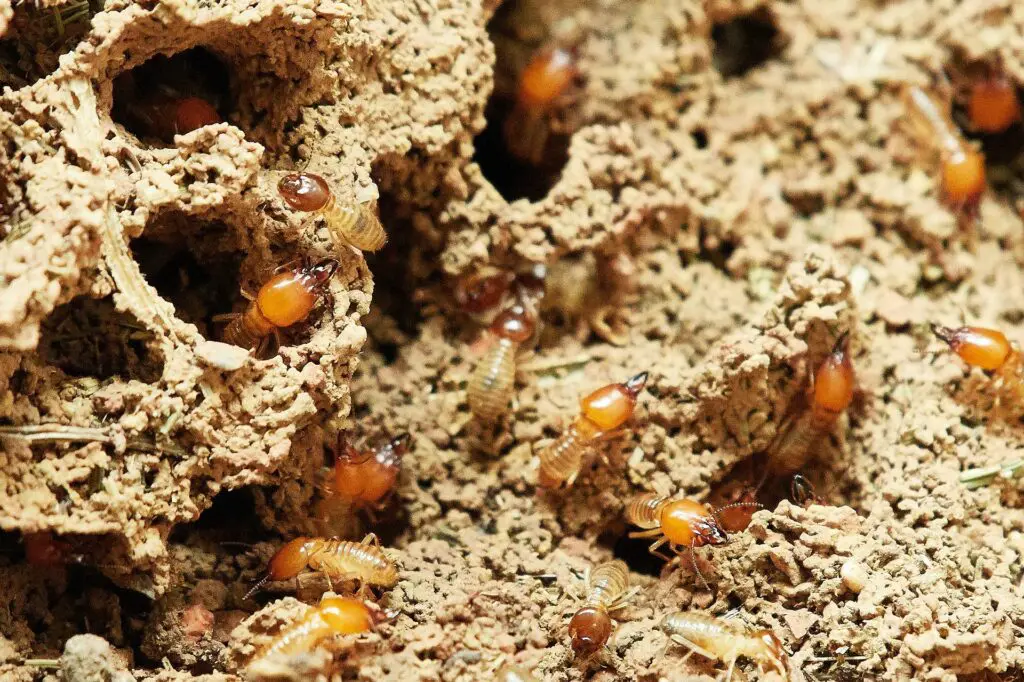
How to Get Rid of Winged Termites
If you've discovered winged termites in or around your home, it's time to act quickly. Here are some steps to eliminate winged termites effectively:
- Vacuum or Trap Swarmers: If you notice a swarm indoors, vacuum them up or place sticky traps near windows to capture them.
- Treat the Infested Area: There are various DIY termite treatments available, including bait systems and liquid barriers. However, these solutions may not be effective for large infestations.
- Professional Extermination Services: The most effective way to eliminate a termite infestation is to hire a professional exterminator who can assess the extent of the problem and apply appropriate treatments.
For expert help, contact Excel Pest Services to discuss your termite concerns. Our team provides comprehensive residential pest control and commercial pest control solutions tailored to your needs. We also offer advice on how to get rid of termites effectively and safely.
Conclusion
Winged termites are more than just a seasonal nuisance; they are a sign of a potential termite infestation that can lead to severe structural damage. By understanding the characteristics of these flying pests, recognizing the risks associated with their presence, and knowing when and how to take preventive and remedial actions, you can protect your home from costly damage. If you spot a termite with wings or suspect an infestation, don’t hesitate to seek professional assistance.
Contact Excel Pest Services today for expert advice, effective solutions, and peace of mind in dealing with winged termites. Your home’s safety is our top priority.




